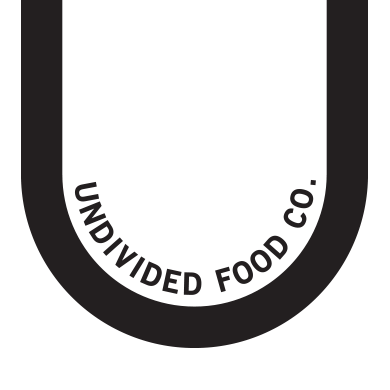New Understandings Of Alzheimer's Disease & How Bone Broth Can Play A Role
This post was written by our Accredited Nutritionist Stephanie Malouf
Alzheimer's Disease (AD) is becoming increasingly prevalent. As a result, more and more research is being dedicated to this neurodegenerative condition in the hope of understanding what drives it and how we can prevent it. Modern functional medicine is beginning to understand that this debilitating condition can in fact be prevented and reversed. However we still have a long way to come before this belief is adopted as mainstream dogma.
Dr. Bredesen is an internationally recognised expert on neurodegenerative disease and at the forefront of this area of research. He is among the school of thought that AD is a preventable and reversible condition, if addressed early enough. Diet and lifestyle are two of the main drivers irrespective of whether or not you have a genetic predisposition.
Dr. Bredesen has identified different types of AD. Understanding these helps us to understand how we can protect ourselves against AD.
Inflammation – driven by pathogens or other inflammatory factors such as trans fats.
Atrophy – wasting away of brain due to nutritional deficiencies, toxins or a lack of nerve growth factor, brain-derived neurotrophic factor and oestrogen.
Insulin resistance of the brain - associated with Type 1 & Type 2 Diabetes and inflammation triggered by high levels of glucose.
Toxins - associated with the exposure of toxins such as mycotoxins (toxins produced from fungus) or heavy metal toxicity
Vascular - associated with reduced vascular support and oxygen to the brain
Trauma - associated with previous head injury.
Below are the key diet and lifestyle interventions that Dr. Bredesen believes to have the strongest impact.
- Reversing insulin resistance by regulating blood sugar levels and following a low-carb diet
Optimising sleep
Exercising regularly
Eliminating exposure to toxins
Optimising hormonal support particularly oestradiol (healthy form of oestrogen)
Optimising nutrition e.g. avoiding high homocysteine, low vitamin D, low vitamin B12, low magnesium
Addressing pathogens / supporting your immune system
Reducing inflammation
Reducing stress
Optimising brain training
What role can Bone Broth play in this?
Bone broth stimulates the release of digestive acids and bile required to break down our food and extract the nutrients.
Bone broth is a source of protein with minimal carbohydrates. This ensures it will have minimal impact on blood sugar levels and aids in weight loss.
Gelatin reduces gastrointestinal inflammation and also provides the foundation for the cells to rebuild a strong and resilient digestive tract.
80% of our immune system is located in the gut. If the lining and balance of bacteria is impaired, your internal body is exposed to toxins and foreign materials, putting added stress on the immune system. A strong gut lining and healthy gut flora is the foundation for a strong immune system and general health.
Bone Broth is rich in nutrients that fuel the detoxification process, glycine in particular. Glycine is also needed to produce glutathione, the livers most powerful antioxidant that protects our cells and tissues from free radical damage and supports the removal of toxins.
Glycine is an inhibitory neurotransmitter having a calming yet non sedative effect. This reduces feelings of stress and anxiety whilst also improving sleep quality.
80% of serotonin is produced in the gut which is the the neurotransmitter responsible for making us happy. A healthy gut is important for a happy and healthy mood.
GOOD BONES is made from certified organic beef and chicken bones which means the animals aren’t exposed to environmental toxins such as herbicides and pesticide commonly used in conventional farming methods. These toxins are stored in the bone marrow of the animals which means they will be released into the bone broth when using non-organic bones.
